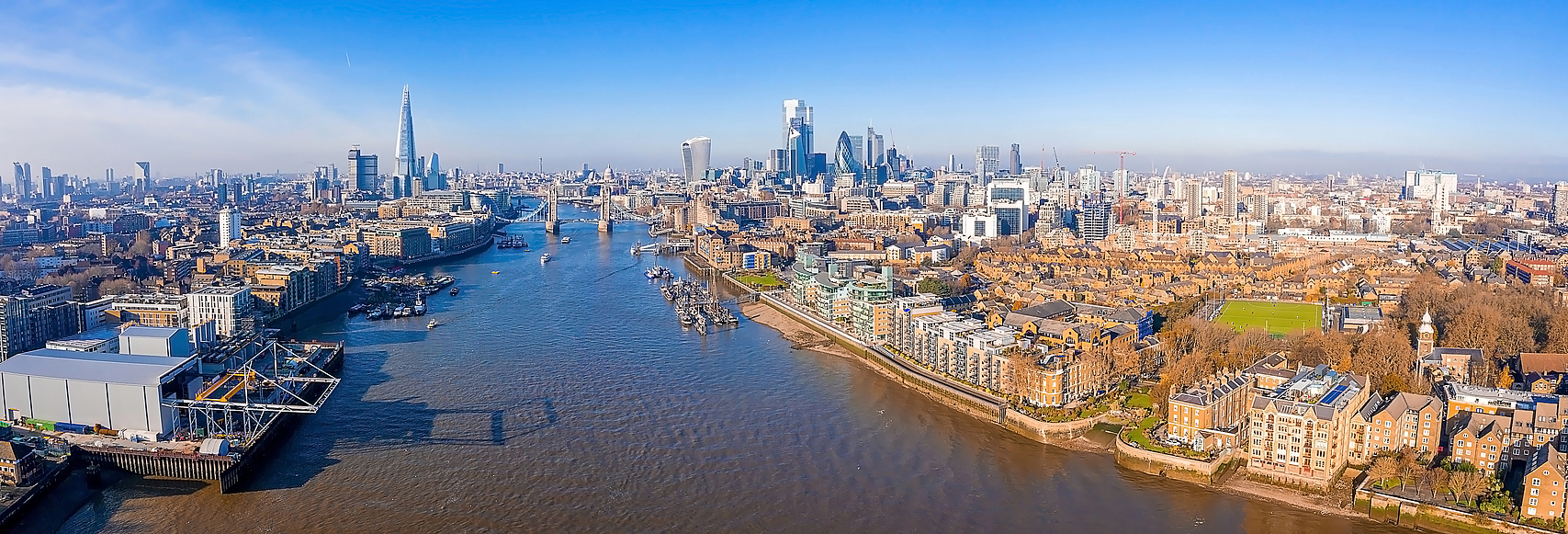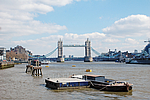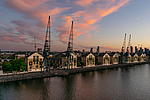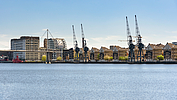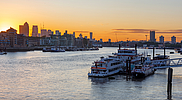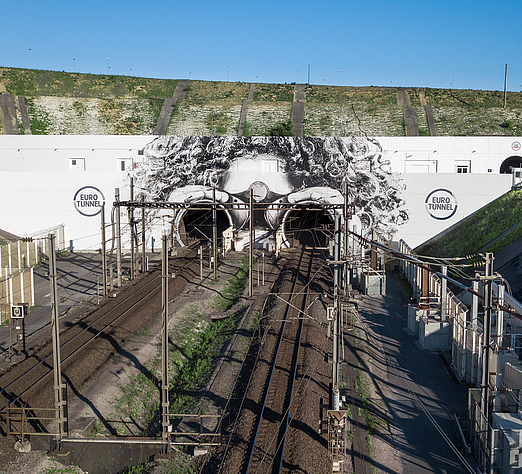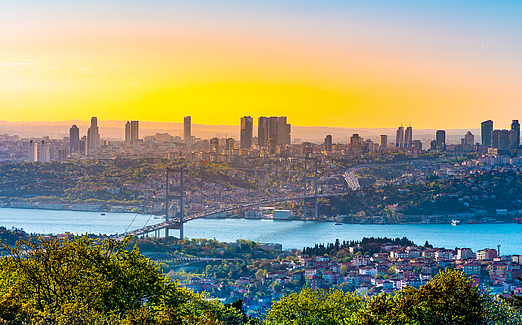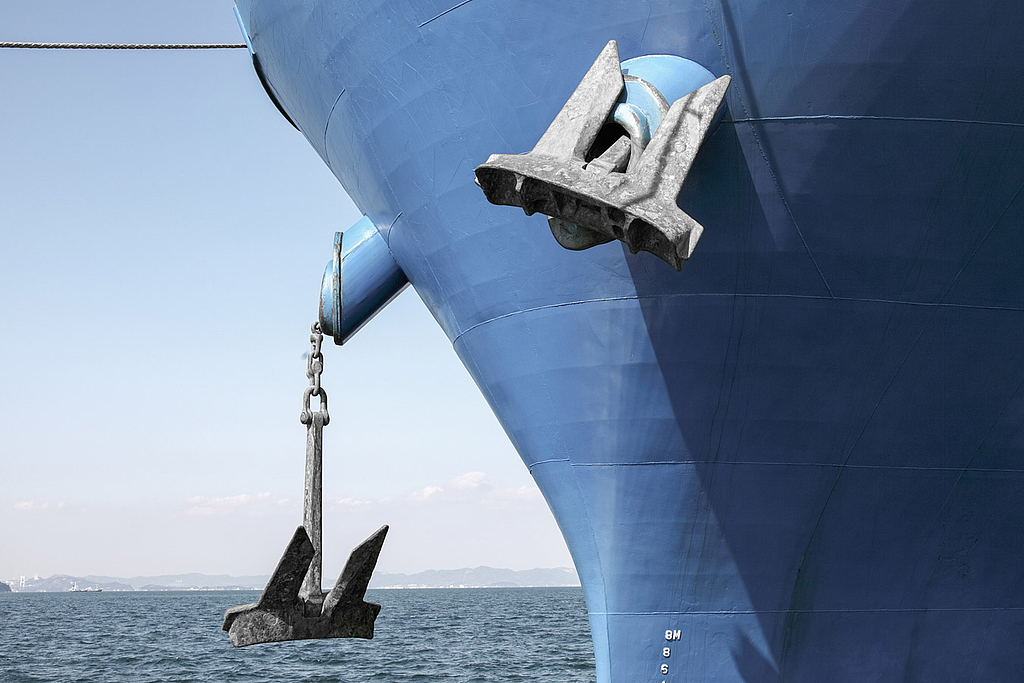A port for an empire
- Facts
The Port of London stretches along the banks of the Thames, between London and the North Sea. Once, it was the largest port in the world and the logistics hub of an empire. Even under Roman rule, almost 2000 years ago, the port was of great importance and with the rise of the “Empire” became even more so. In the meantime, port facilities along the Thames have undergone tremendous change, owing in part to the rapid developments in the transport industry. In any case, the port is to London what “Big Ben” is to the Houses of Parliament, and it forms an integral part of the city’s identity. We take a look at the port's colorful history, how the loops in the river were transformed into shipyards and what a legendary football club has to do with it.
